Home> Bearing Technology> Unraveling Linear Rail: Origins, Diverse Applications, and Revolutionary Innovations
Unraveling Linear Rail: Origins, Diverse Applications, and Revolutionary Innovations
NOVEMBER 02, 2022Introduction
Linear rail technology is a cornerstone in modern industrial and automation sectors, providing crucial support for precise linear motion applications. From its humble beginnings to its current state-of-the-art innovations, linear rail has transformed industrial automation and machining processes worldwide.
Introduction to Linear Rail Technology and Its Foundational Importance
Linear rail systems are fundamental components in machinery and equipment that require controlled linear motion. They consist of a rail guide and a sliding carriage or block that moves along the rail, ensuring smooth and precise movement in various industrial applications.
Overview of the Evolution from Early Concepts to Modern Applications
The concept of linear motion dates back to the early 19th century, evolving from basic mechanical slides to sophisticated rail systems used in today's automation and robotics. Early designs focused on improving the efficiency of industrial machinery, gradually paving the way for more advanced applications across diverse industries.
Significance of Revolutionary Innovations in Advancing Linear Rail Technology
Revolutionary innovations in linear rail technology have significantly enhanced precision, speed, and reliability in industrial operations. Advancements such as ball screw drives, linear motors, and advanced materials have pushed the boundaries of what's achievable in terms of speed, accuracy, and load-bearing capabilities.
Origins of Linear Rail Technology
Linear rail technology has a rich history rooted in the evolution of industrial machinery and automation. Understanding its origins provides insight into its foundational importance and continuous development over the centuries.
Historical Origins and Early Developments of Linear Rail Systems
The roots of linear rail systems can be traced back to the early 19th century when engineers and inventors sought ways to improve the efficiency and precision of industrial machinery. Initial designs focused on creating linear guides that could facilitate smoother and more controlled movement than traditional sliding mechanisms.
One of the earliest forms of linear motion was achieved through the use of flat slides and ways, which provided basic linear movement but lacked the precision and load-bearing capacity required for industrial applications. The introduction of profiled rail systems in the mid-20th century marked a significant advancement, offering improved rigidity and smoother motion control.
Key Pioneers and Milestones in the Evolution of Linear Rail Technology
Several pioneers played pivotal roles in the development of linear rail technology. Among them, Johann Georg Bodmer, a Swiss engineer, is credited with pioneering early concepts of linear motion in the 18th century. His work laid the foundation for subsequent innovations by engineers like Henry Pratt, who introduced precision-ground profile rails in the 1940s, revolutionizing the precision engineering industry.
Milestones such as the introduction of ball bearing carriages by SKF in the 1970s further enhanced the performance and reliability of linear rail systems, making them indispensable in modern manufacturing and automation.
Impact of Industrial Revolutions on the Development of Linear Rails
The industrial revolutions of the 19th and 20th centuries had a profound impact on the evolution of linear rail technology. The First Industrial Revolution brought about mechanization and mass production, creating a demand for more efficient machinery and automation solutions. Linear rails played a crucial role in advancing the capabilities of early industrial robots and automated manufacturing processes.
The Second Industrial Revolution, characterized by advancements in steel production, electrical engineering, and mass production techniques, spurred further innovations in linear rail technology. The integration of linear motion systems into assembly lines and CNC machines contributed to increased productivity and precision in manufacturing.
In summary, the historical origins of linear rail technology reflect a continuous quest for precision, efficiency, and reliability in industrial applications. Pioneers and innovators throughout history have contributed to its evolution, shaping its role in modern industrial automation.
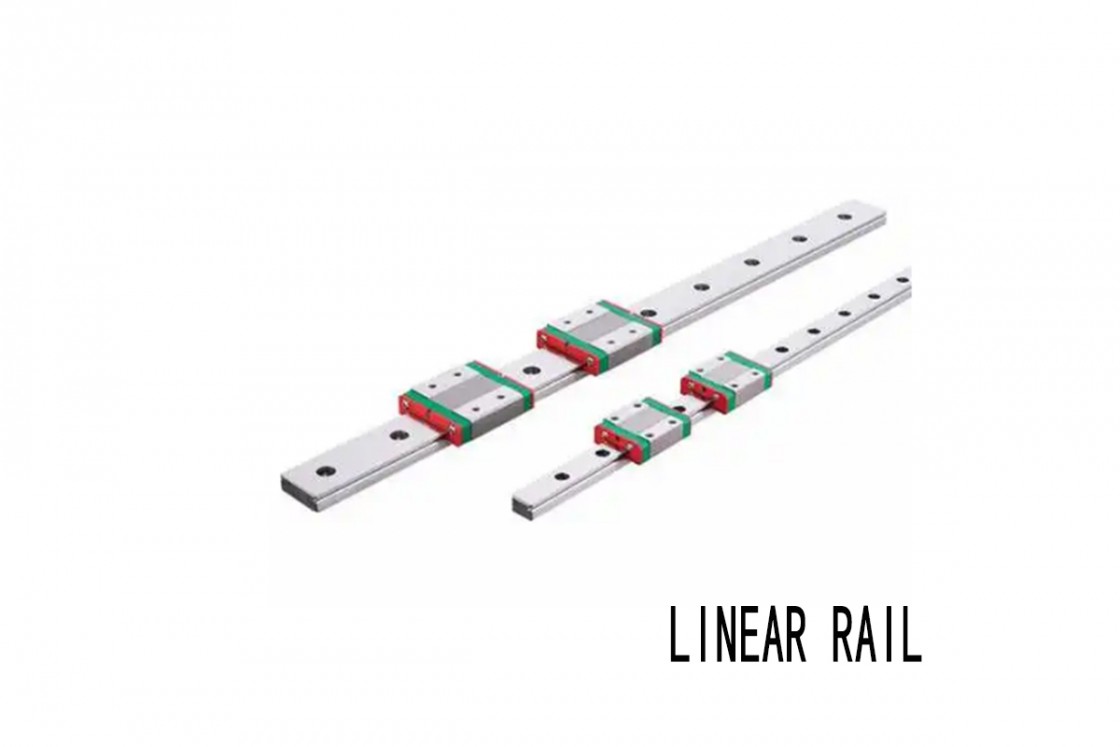
Diverse Applications of Linear Rail
Linear rail technology is integral to a wide array of industries, providing essential support for precise and efficient linear motion applications. Its versatility and reliability make it indispensable across various sectors, from manufacturing to aerospace.
Exploration of Diverse Industries Utilizing Linear Rail Technology
|
Industry |
Applications of Linear Rail Technology |
|
Manufacturing |
Used in CNC machines for precise tool movement, robotic arms for assembly lines, reducing errors. |
|
Automation |
Essential for robotic movements, material handling in automated systems, ensuring consistent performance. |
|
Aerospace |
Supports aircraft assembly, testing equipment, satellite positioning mechanisms, meeting quality standards. |
|
Medical Devices |
Utilized in imaging machines, surgical robots, laboratory automation for accurate positioning and operations. |
Specific Applications in Manufacturing, Automation, Aerospace, and More
Manufacturing: Linear rails enable precise movement in CNC machining centers, milling machines, and lathes, enhancing the accuracy of cutting and shaping processes.
Automation: In automated warehouses and distribution centers, linear rail technology facilitates the movement of conveyor systems, sorting mechanisms, and robotic arms for efficient material handling.
Aerospace: Linear rails are utilized in the deployment mechanisms of satellite solar panels, precision alignment systems in launch vehicles, and automated testing equipment for aerospace components.
Medical: From MRI machines to robotic surgical systems, linear rail systems ensure the precise movement of components critical for medical diagnosis, treatment, and research.
Case Studies Highlighting Real-World Applications and Benefits
Case studies demonstrate the practical benefits of linear rail technology across various industries:
Manufacturing Efficiency: A CNC machining facility increased productivity by 30% after upgrading to high-precision linear rail systems, reducing scrap and improving part accuracy.
Automated Precision: An automotive assembly plant integrated linear rail technology into robotic welding cells, achieving tighter weld tolerances and minimizing assembly errors.
Aerospace Reliability: A satellite manufacturer reduced deployment failures by 50% with advanced linear rail systems in satellite solar array deployment mechanisms.
Medical Precision: A hospital improved surgical outcomes with robotic-assisted surgery systems utilizing linear rail technology for precise instrument movement and patient positioning.
In conclusion, the diverse applications of linear rail technology underscore its critical role in enhancing precision, efficiency, and reliability across multiple industries. From manufacturing to aerospace and healthcare, linear rail systems continue to drive innovation and productivity worldwide.
Technological Innovations in Linear Rail Systems
Linear rail systems have evolved significantly over the years, driven by technological advancements aimed at enhancing performance, durability, and versatility across various applications.
Overview of Technological Advancements Driving Innovation in Linear Rail Design
Technological innovation plays a pivotal role in the continuous improvement of linear rail systems. Key advancements include:
|
Technological Innovation |
Description |
|
High-Performance Materials |
Utilization of advanced materials like stainless steel, ceramic coatings, and hybrid composites to enhance durability and reduce friction. |
|
Precision Manufacturing |
Innovations in machining and assembly techniques to improve accuracy and consistency, crucial for applications requiring high precision. |
|
Integrated Lubrication Systems |
Self-lubricating systems that minimize maintenance and ensure smooth operation, ideal for environments with high dust or contamination levels. |
Analysis of Materials, Coatings, and Structural Improvements
Materials and coatings are critical aspects of linear rail design, impacting performance and longevity:
Stainless Steel: Provides excellent corrosion resistance and durability, ideal for harsh industrial environments.
Ceramic Coatings: Reduce friction and wear, enhancing efficiency and extending service life.
Composite Materials: Offer a balance of strength and lightweight properties, suitable for aerospace and automotive applications.
Structural improvements focus on optimizing load-bearing capacities and rigidity while maintaining lightweight characteristics, crucial for improving overall system efficiency and performance.
Impact of Digitalization and IoT on Enhancing Linear Rail Functionality
The integration of digital technologies has transformed linear rail systems into smart components:
IoT-enabled Monitoring: Real-time monitoring of linear rail performance parameters such as temperature, vibration, and load capacity improves predictive maintenance and operational efficiency.
Data Analytics: Utilizing data collected from linear rail sensors enhances system optimization, enabling proactive adjustments to improve performance and reduce downtime.
Automated Control Systems: Incorporation of automated control and feedback mechanisms enhances precision and responsiveness in linear rail applications, critical for complex manufacturing and robotics.
Conclusion
In conclusion, technological innovations continue to drive the evolution of linear rail systems, making them indispensable across industries. Advances in materials, coatings, and digitalization have significantly enhanced their performance, reliability, and adaptability to diverse applications.
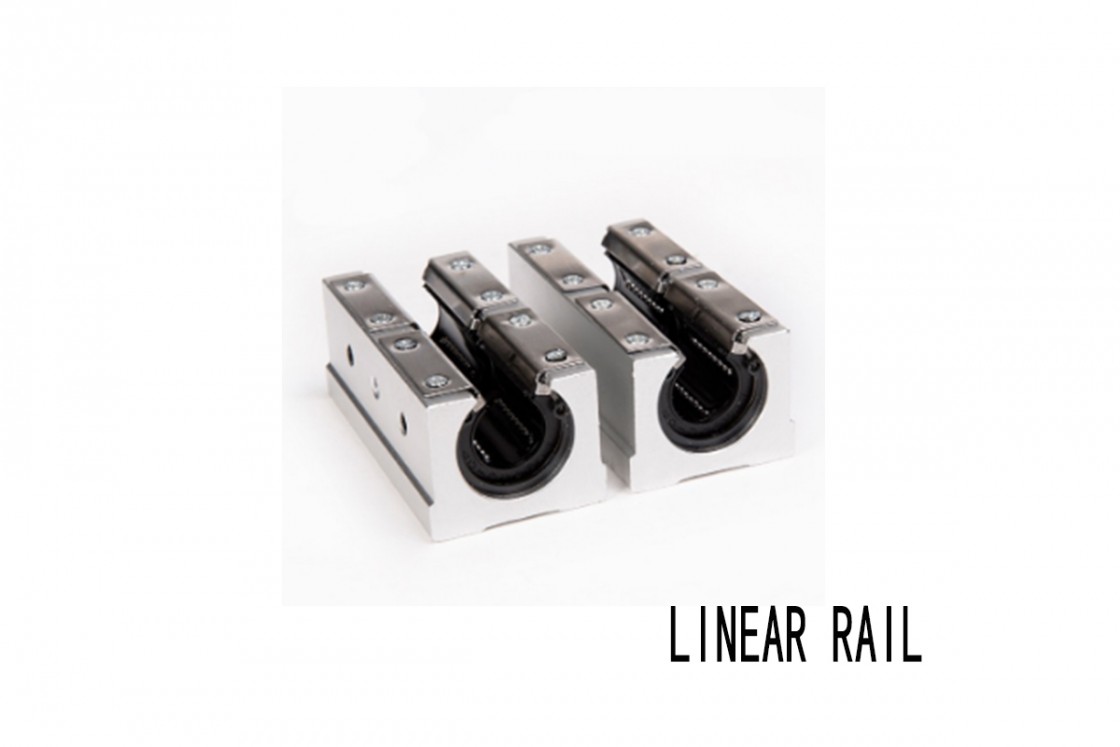
Environmental and Sustainability Considerations
Linear rail systems play a crucial role in various industries where precise linear motion is essential. As these industries focus more on sustainability, innovations in linear rail technology have been pivotal in addressing environmental challenges and promoting sustainable practices.
Challenges and Solutions in Making Linear Rail Systems More Environmentally Friendly
Environmental considerations are increasingly shaping the design and manufacturing of linear rail systems:
Material Selection: Choosing sustainable materials such as recycled steel and eco-friendly coatings reduces the environmental footprint of linear rail components.
Energy Efficiency: Innovations in energy-efficient production processes and the integration of renewable energy sources contribute to reducing the carbon footprint associated with linear rail manufacturing.
End-of-Life Recycling: Designing linear rail systems for easy disassembly and recyclability ensures that materials can be reused, promoting a circular economy approach.
Innovations in Energy Efficiency and Recyclability of Linear Rail Components
Recent advancements focus on enhancing the sustainability of linear rail systems:
Energy-Efficient Designs: Integration of friction-reducing coatings and efficient lubrication systems minimize energy consumption during operation.
Recyclable Materials: Adoption of materials that are easily recyclable at the end of their lifecycle ensures minimal environmental impact.
Lifecycle Assessment: Conducting comprehensive assessments to evaluate the environmental impact of linear rail systems from manufacturing through to disposal.
Case Examples of Sustainable Practices in Linear Rail Manufacturing
Leading manufacturers are implementing sustainable practices:
|
Sustainable Practice |
Description |
|
Reduced Waste |
Implementation of lean manufacturing techniques to minimize waste generation throughout linear rail production processes. |
|
Carbon Neutral Operations |
Investment in carbon offset programs and adoption of sustainable sourcing practices for raw materials to achieve carbon neutrality in operations. |
|
Product Stewardship |
Offering take-back programs for used linear rail components to facilitate recycling and ensure proper disposal, promoting circular economy principles. |
Conclusion
In conclusion, the evolution of linear rail technology towards sustainability reflects industry efforts to balance operational efficiency with environmental stewardship. Innovations in material selection, energy efficiency, and recycling pave the way for a more sustainable future in linear rail applications.
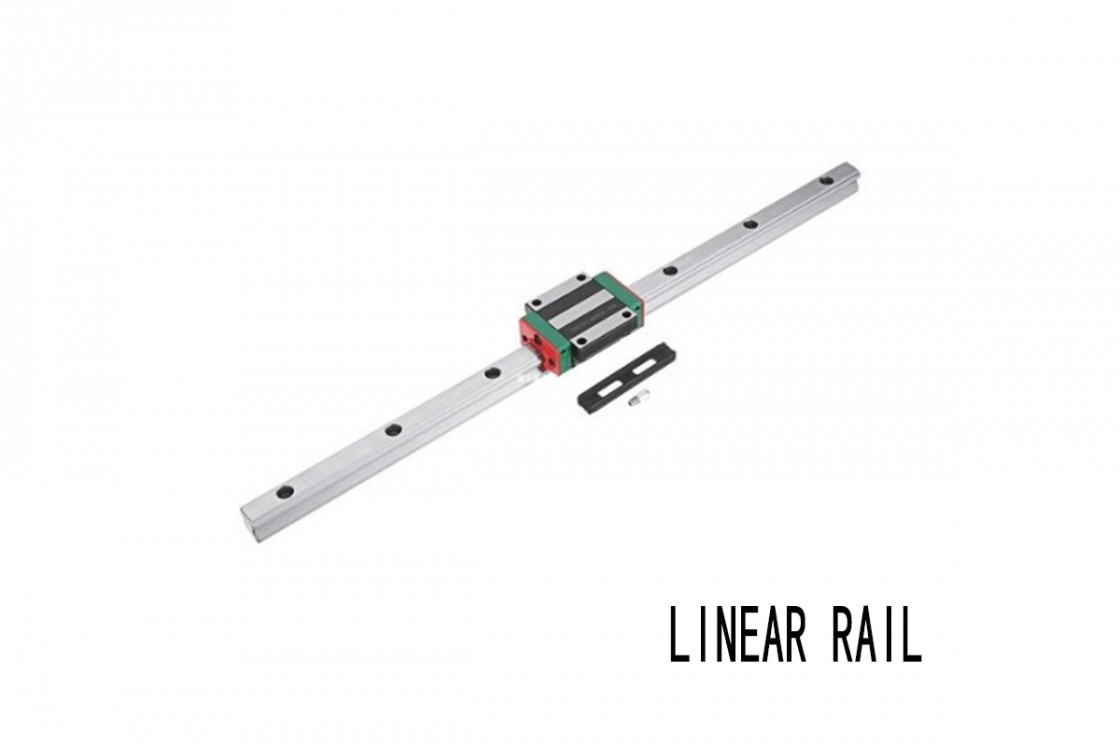
Future Trends and Innovations in Linear Rail Technology
Linear rail technology continues to evolve rapidly, driven by advancements in materials, digitalization, and automation. This section explores the future trends and innovations expected to shape the landscape of linear rail systems.
Predictions for Future Developments
The future of linear rail technology promises exciting advancements aimed at enhancing performance, efficiency, and adaptability. Manufacturers are projected to focus on:
Enhanced Performance: Innovations in materials science and engineering are anticipated to improve the load-bearing capacity and durability of linear rails. Stainless steel, ceramic coatings, and hybrid composites are likely to become more prevalent, offering superior performance in diverse operating conditions.
Increased Precision: Future linear rail systems will leverage precision manufacturing techniques to achieve even finer tolerances and smoother movements. This is crucial for applications demanding micron-level precision, such as semiconductor manufacturing and medical devices.
Digital Integration: The integration of digitalization and Internet of Things (IoT) capabilities will enable smart linear rails. These systems will feature sensors for real-time monitoring of performance metrics like temperature, vibration, and load capacity. Predictive maintenance algorithms will optimize uptime and reliability.
Emerging Trends in Linear Rail Technology
Emerging trends are set to revolutionize how linear rail systems operate and integrate with industrial processes:
Smart Linear Rails: The advent of smart technologies will transform linear rail systems into intelligent components of automated manufacturing and assembly lines. These smart rails will autonomously adjust parameters based on real-time data, optimizing efficiency and minimizing downtime.
Adaptive Systems: Future linear rail systems will feature adaptive capabilities to dynamically adjust to changing operational conditions. This adaptability will enhance versatility across industries, from automotive assembly to logistics automation.
Potential Applications in Upcoming Industries
As new industries and technological landscapes emerge, linear rail technology is poised to play pivotal roles in various sectors:
Renewable Energy: Linear rails will support the construction and maintenance of solar panel tracking systems and wind turbine blade positioning mechanisms, optimizing energy capture efficiency.
Electric Vehicles: In the realm of electric vehicle (EV) manufacturing, linear rails will facilitate precise movements in battery assembly, vehicle chassis alignment, and automated testing processes.
Space Exploration: Linear rails will continue to be instrumental in aerospace applications, from satellite deployment mechanisms to robotic systems for lunar and Martian exploration missions.
Conclusion
The future of linear rail technology holds immense promise, driven by advancements in materials, digitalization, and adaptive technologies. As industries embrace automation and efficiency, the demand for innovative linear rail solutions will only grow. Manufacturers and engineers alike are at the forefront of shaping this transformative journey towards smarter, more efficient linear rail systems.
Conclusion
In this comprehensive exploration of linear rail technology, we have traced its origins, delved into its diverse applications across industries, and examined the revolutionary innovations driving its evolution. This concluding section summarizes the transformative journey of linear rail systems and reflects on their future prospects.
Summary of the Journey
Linear rail technology has evolved significantly since its inception, rooted in the industrial revolutions of the past centuries. From early manual systems to today's sophisticated automated solutions, linear rails have been integral to advancing manufacturing precision, automation efficiency, and overall productivity.
Transformative Impact
The impact of linear rail technology extends far beyond its mechanical functionalities. It has revolutionized industries such as manufacturing, automation, aerospace, and medical devices by enabling precise linear motion essential for operational excellence. The integration of digitalization and IoT has further enhanced its capabilities, ushering in a new era of smart and adaptive linear rail systems.
Future Direction and Potential
Looking ahead, the future of linear rail systems appears promising with ongoing advancements in materials science, precision engineering, and sustainable practices. Innovations like smart linear rails and adaptive systems are poised to redefine industrial automation, offering unprecedented levels of efficiency, flexibility, and reliability.
Final Thoughts
As we conclude our journey through the origins, diverse applications, and revolutionary innovations of linear rail technology, it becomes evident that this foundational component will continue to play a pivotal role in shaping the future of manufacturing and automation. The continuous pursuit of innovation and sustainability will drive further enhancements, ensuring that linear rail systems remain indispensable in the industrial landscape.
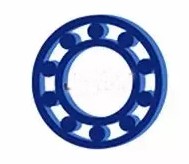

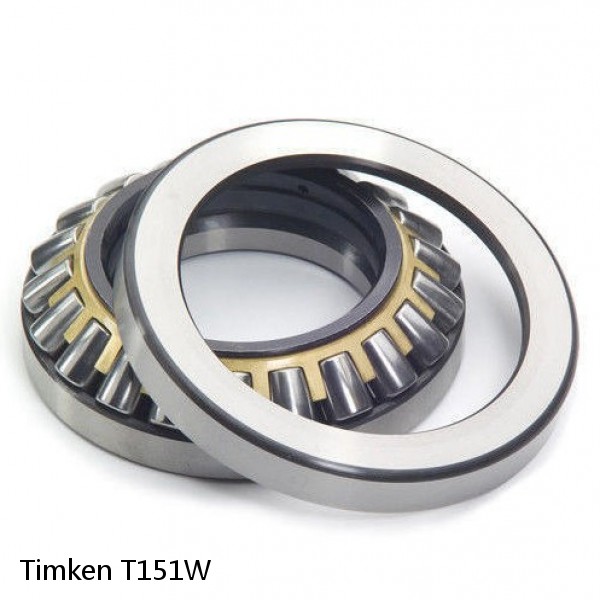 T151W Timken Thrust Roller Bearings
T151W Timken Thrust Roller Bearings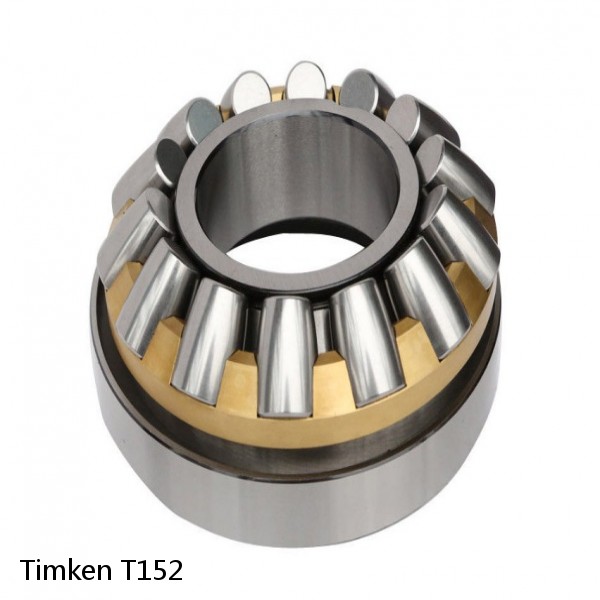 T152 Timken Thrust Roller Bearings
T152 Timken Thrust Roller Bearings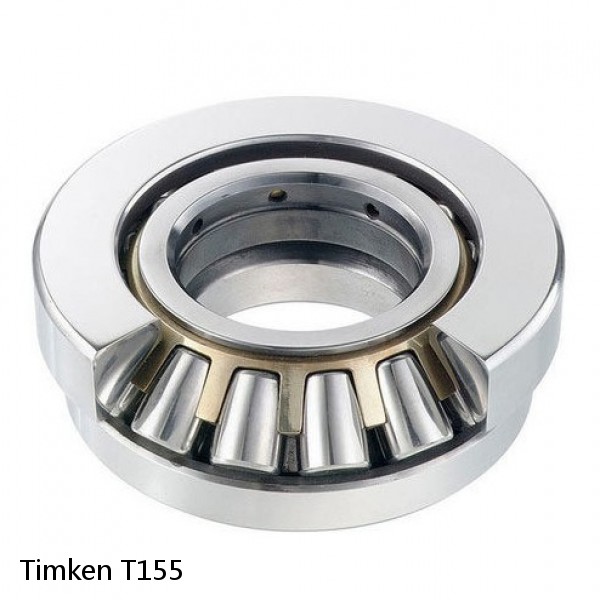 T155 Timken Thrust Roller Bearings
T155 Timken Thrust Roller Bearings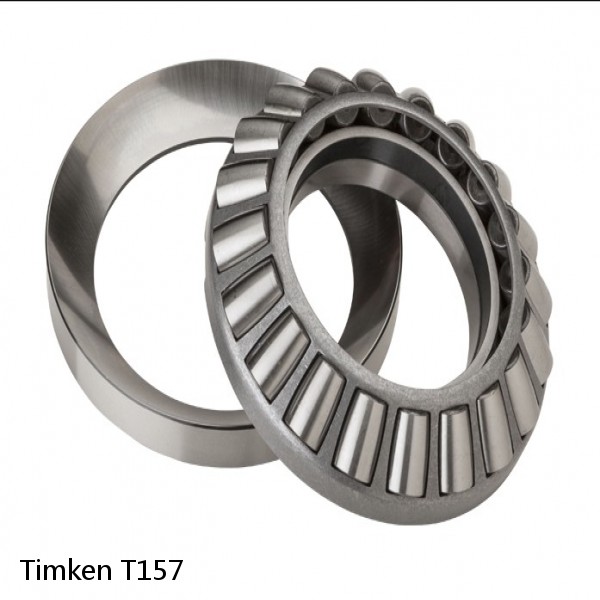 T157 Timken Thrust Roller Bearings
T157 Timken Thrust Roller Bearings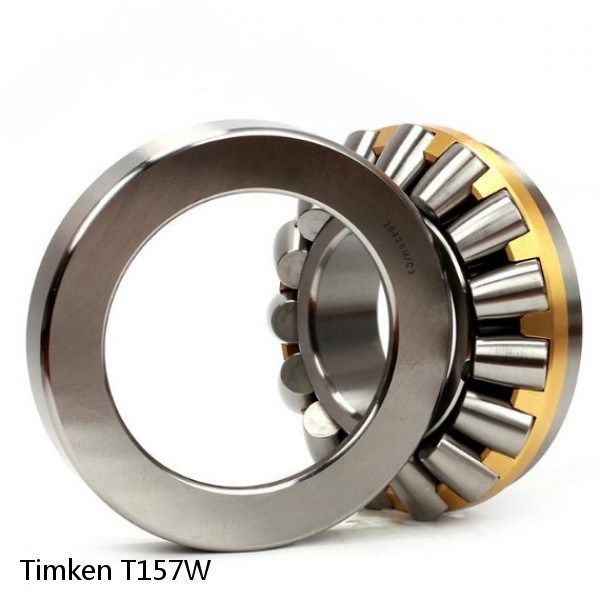 T157W Timken Thrust Roller Bearings
T157W Timken Thrust Roller Bearings